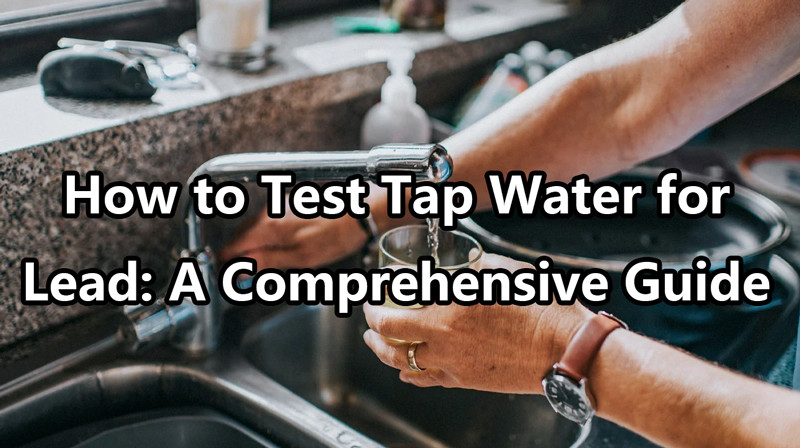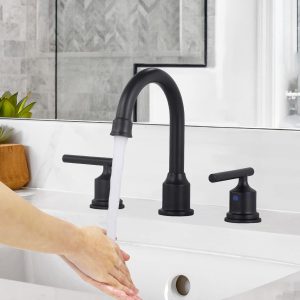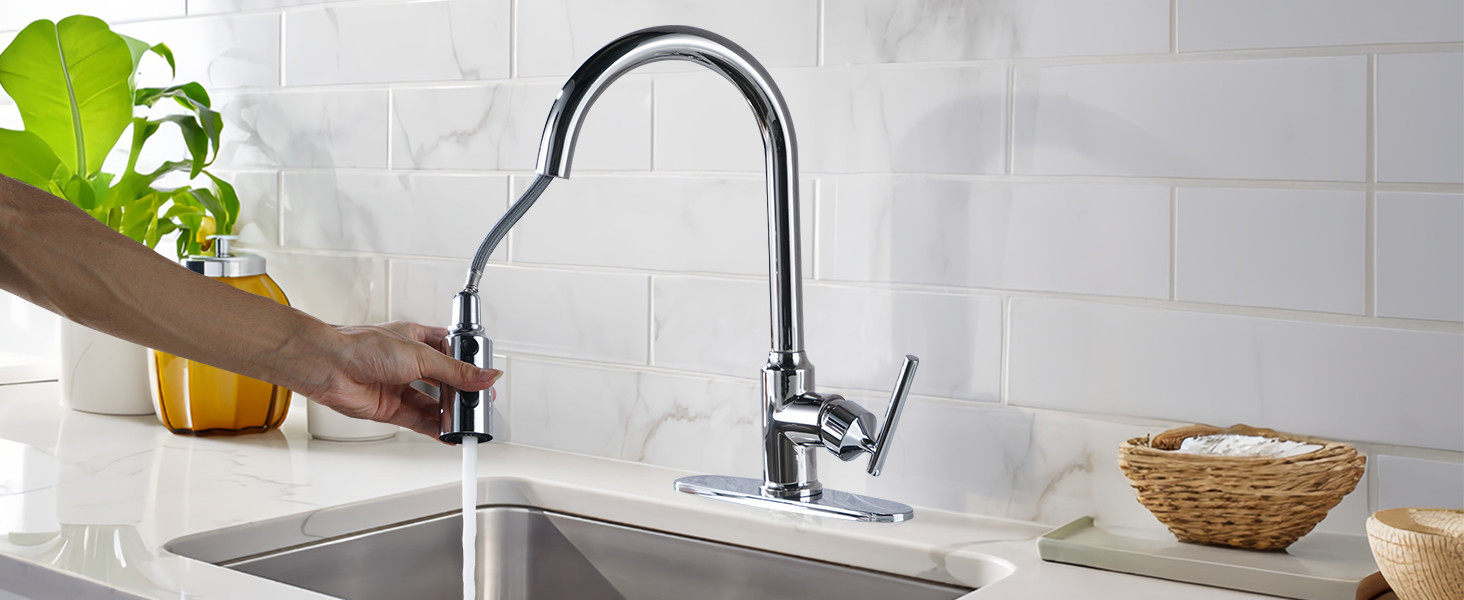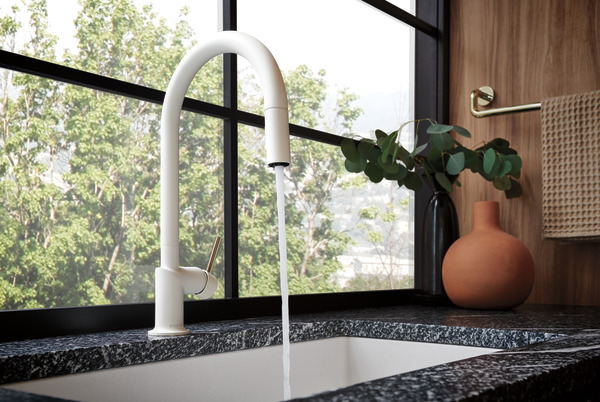
Lead contamination in tap water is a serious concern that can have detrimental effects on health, especially for vulnerable populations such as children and pregnant women. Testing tap water for lead is crucial to ensure the safety of your drinking water. In this guide, we’ll show you how to test tap water for lead, from understanding the risks to conducting the tests and interpreting the results.
Understanding the Risks
Lead can enter tap water through various sources, including old lead pipes, lead solder used in plumbing fixtures, and lead-containing brass faucets. Exposure to lead can lead to a range of health problems, including neurological issues, developmental delays in children, and high blood pressure in adults. Infants and young children are particularly vulnerable to the effects of lead exposure, as their developing bodies absorb lead more readily than adults.
Choosing a Testing Method
There are several methods available for testing tap water for lead, ranging from DIY home testing kits to professional laboratory analysis. The method you choose may depend on factors such as cost, convenience, and the level of accuracy you require.
- Home Testing Kits: Home testing kits are readily available at hardware stores, online retailers, and local health departments. These kits typically come with instructions for collecting water samples and performing the tests at home. While home testing kits are convenient and relatively inexpensive, they may not always provide the most accurate results.
- Professional Laboratory Analysis: For a more accurate assessment of lead levels in your tap water, you can send samples to a certified laboratory for analysis. This option may be more expensive and time-consuming than using a home testing kit, but it can provide you with reliable results that you can trust.
Conducting the Test
Regardless of the testing method you choose, the basic steps for testing tap water for lead are similar:
- Gather Your Materials: Depending on the testing method you’re using, you’ll need to gather the necessary materials, including water sample containers, testing reagents, and protective equipment such as gloves and goggles.
- Collect Water Samples: Follow the instructions provided with your testing kit or laboratory sampling instructions to collect water samples from your tap. It’s important to collect samples from both cold and hot water taps, as lead levels can vary between the two.
- Perform the Test: If you’re using a home testing kit, carefully follow the instructions provided to perform the test. This may involve adding reagents to the water sample and observing any changes in color or appearance. If you’re sending samples to a laboratory for analysis, follow the sampling instructions provided and ensure that the samples are properly labeled and stored.
Interpreting the Results

Once you’ve completed the test, it’s time to interpret the results:
- Home Testing Kits: If you used a home testing kit, compare the results to the guidelines provided with the kit. Most kits will indicate whether the lead levels in your tap water are within acceptable limits or if further action is needed.
- Professional Laboratory Analysis: If you sent samples to a certified laboratory for analysis, you will receive a report detailing the lead levels in your tap water. Compare the results to the Environmental Protection Agency’s (EPA) action level for lead in drinking water, which is currently set at 15 parts per billion (ppb). If the lead levels exceed this threshold, you may need to take steps to address the contamination.
Taking Action
If the test results indicate elevated lead levels in your tap water, it’s important to take action to reduce your exposure:
- Flush Your Plumbing: If lead levels are elevated, flushing your plumbing system can help reduce lead exposure. Run cold water taps for at least two minutes before using the water for drinking or cooking, especially if the water has been sitting in the pipes for several hours.
- Use a Water Filter: Consider installing a water filter certified to remove lead from drinking water. Look for filters that are certified by the National Sanitation Foundation (NSF) to ensure their effectiveness.
- Replace Lead Pipes and Fixtures: If your home has lead pipes or fixtures, consider replacing them with lead-free alternatives. This may require hiring a professional plumber, but it can significantly reduce your risk of lead exposure.
Conclusion: How to Test Tap Water for Lead
Testing tap water for lead is an important step in ensuring the safety of your drinking water. By understanding the risks, choosing the right testing method, and taking appropriate action based on the results, you can protect yourself and your family from the harmful effects of lead contamination. Remember to test your tap water regularly, especially if you live in an older home or in an area with known lead contamination issues.
 WOWOW Faucets
WOWOW Faucets





您好!Please sign in